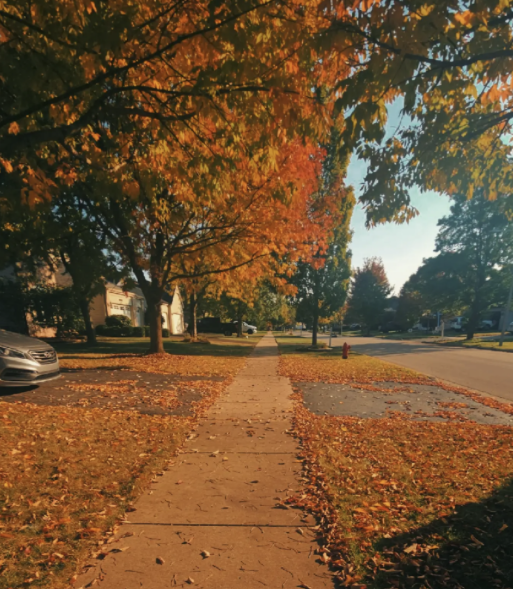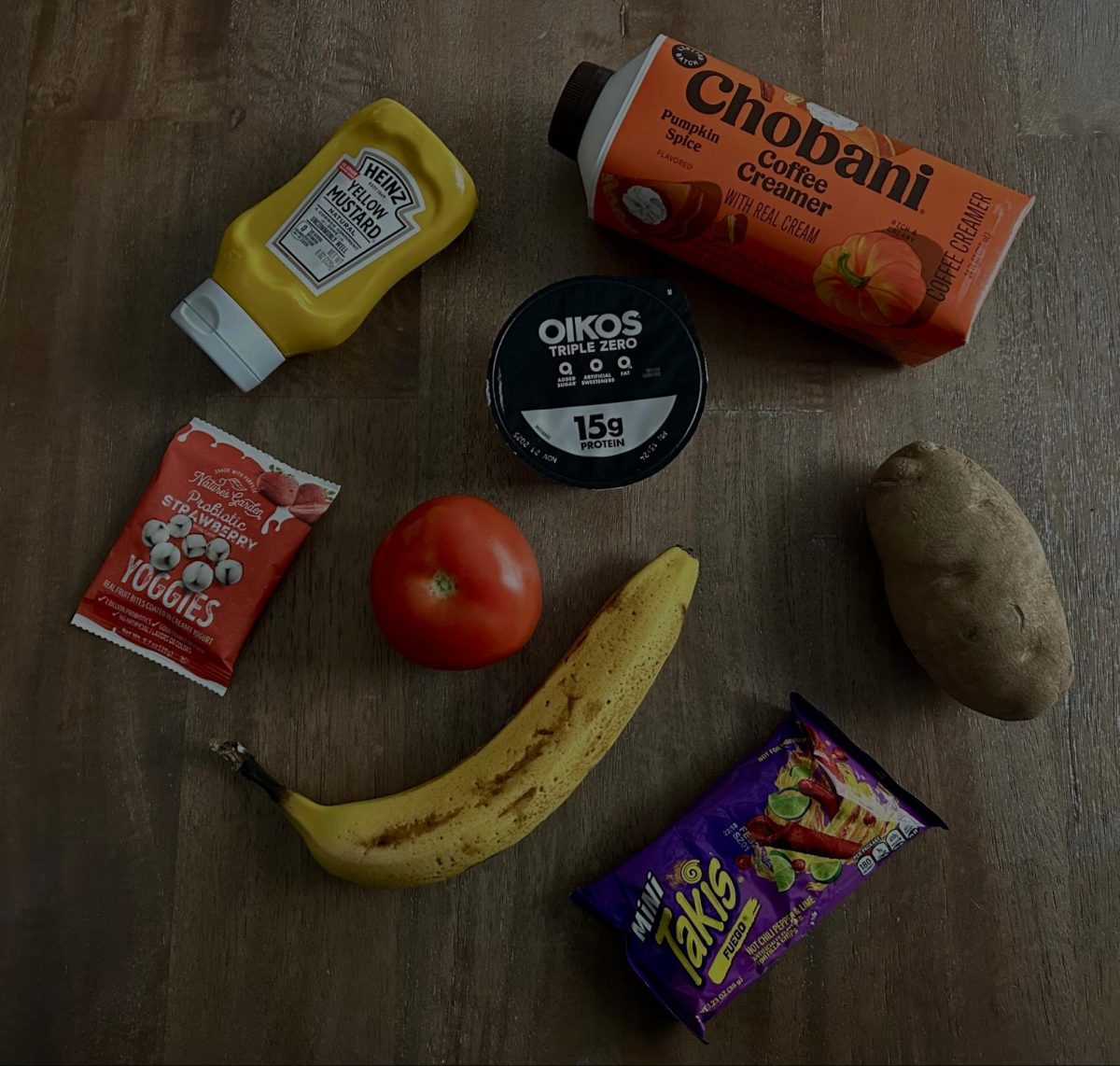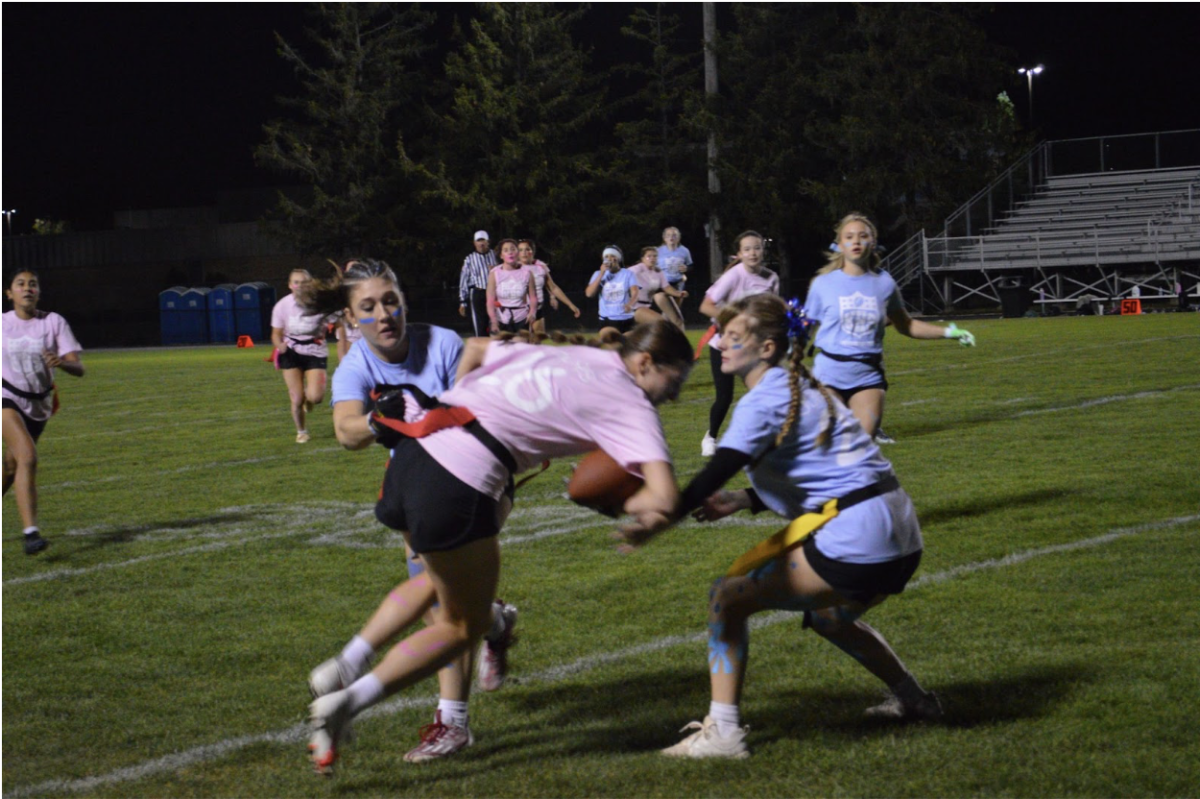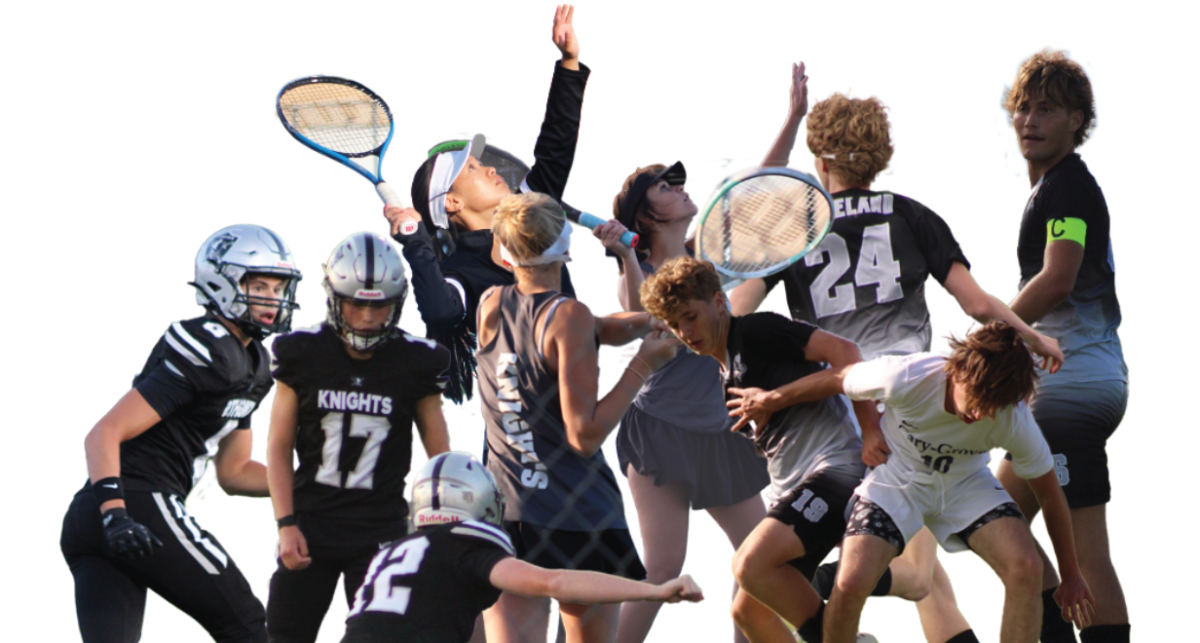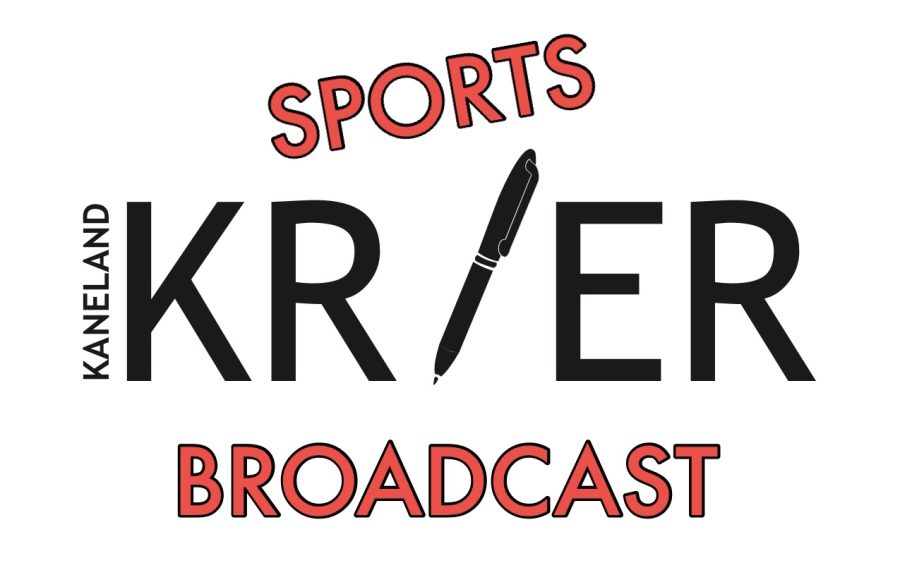
As late March arrives each year, the beginning of the end of the college basketball season announces its presence with two of the greatest words in sports: March Madness.
Dating back to 1939, March Madness was a tournament where eight college schools would compete for a championship. Now as of 2025 that number has increased to 68 teams. In the first two decades of existence, it was overlooked by the National Invitation Tournament (NIT) because it included the best teams and was more prestigious. However, by 1967, when the University of California Los Angeles (UCLA) started their seven consecutive title runs, publicity for the National Collegiate Athletic Association (NCAA) Tournament was on the rise. Today, nearly 10 million viewers watch at least one of the 67 games featured.
March Madness is almost impossible to predict. You have a one in 9.2 quintillion percent chance to predict the perfect bracket. This is what makes March Madness so fun.
Back in 2018, #11 seeded Loyola Chicago had one of the best Cinderella runs in March Madness history. After a 25-5 (15-3 in the Missouri Valley) regular season record, they earned the #1 seed in their conference tournament. Loyola flew through their three conference tournament games, winning 54-50, 62-54 and 65-49. By winning the MVC tournament, it gave them an automatic bid into the NCAA Tournament. They were placed as a #11 seed and set to play #6 Miami (FL). In the first round, they survived Miami on a buzzer beater 64-62. In the next round, just two days later against #3 Tennessee, Loyola took the lead by one with four seconds left, and they survived 63-62. In the Sweet Sixteen, Loyola played #7 Nevada. Nevada was a lot better on paper, especially when it came to three pointers. However, Loyola held Nevada to 7/27 (25.9%) shooting from three-point range. Loyola took a four-point lead with seven seconds left and went on to win 69-68. The Ramblers clinched their first Elite Eight appearance since the 1962-63 season. In the Elite Eight, they played #9 Kansas State. Loyola crushed them 78-62. However, Loyola’s luck ran out in the Final Four as they lost to #3 Michigan 69-57.
In that same year, #16 University of Maryland Baltimore County (UMBC) beat #1 Virginia 74-54 in the opening round. Just five years later, #16 Fairleigh Dickinson beat #1 Purdue 63-58. The year after that, 95% of brackets were broken after #14 Oakland shocked #3 Kentucky 80-76 in the first round.
March Madness isn’t just full of upsets. It’s full of back and forth tight games, game-winning shots and everything basketball was made for. Back in 2024, in a game between Florida and Colorado in the first round, it was 97-90 with a minute and seventeen seconds to go. Florida went on a 10-3 run and tied the game at 100 with 9.t seconds left. With 1.7 seconds on the clock, Colorado hit a big shot and won the game 102-100. Just a day later, Creighton and Oregon went back and forth until double overtime. In the end, Creighton’s three best players (junior center Ryan Kalkbrenner, senior guard Trey Alexander and senior forward Baylor Scheierman) played all 50 minutes and led the Bluejays to a 15-2 run in the second overtime and a 86-73 victory.
When March Madness starts, it certainly flies by. It lasts about two weeks, but if you blink you might miss it. In championship games from 2013 to 2017, each was decided by six or fewer points.
This year, the First Four starts on March 18. It should be another exciting year for this huge event. It went from being very undervalued to one of the most highly anticipated sporting events every year.



